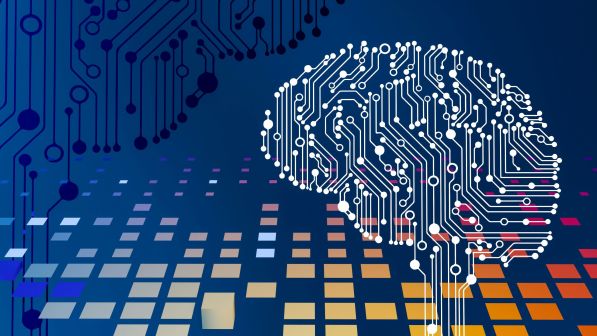Introduction:
It’s been a whirlwind year since the launch of ChatGPT, a groundbreaking AI developed by OpenAI, which has sparked conversations worldwide about the future of content creation. With its ability to generate human-like text based on the prompts given, ChatGPT has both amazed and alarmed content creators. Using the Problem-Agitate-Solution (PAS) framework, this blog post delves into the impact of ChatGPT on content creation, exploring whether the fear among creators is justified and how they can adapt to this new AI-driven landscape.
Problem: The Rise of AI in Content Creation
The advent of ChatGPT has ushered in a new era for content creation. Its ability to churn out articles, stories, and even code at an unprecedented pace has led to fears of mass automation and the redundancy of human creators. Many worry that AI’s efficiency and evolving capabilities could overshadow the creativity, nuance, and emotional depth that human writers bring to their work. The concern isn’t just about job security; it’s about the unique value of human creativity being diminished in a world where AI can mimic and mass-produce content.
Agitate: The Threat of Depersonalization and Homogenization
As ChatGPT and similar technologies become more integrated into the content creation process, there’s a growing concern about the depersonalization of content. AI-generated content, while impressive, often lacks the personal touch, experiences, and authenticity that resonate with audiences on a deeper level. There’s a fear that the reliance on AI for content creation could lead to a homogenization of content—where articles, stories, and other creative works lose their individuality and become indistinguishable from one another.
Moreover, the ease and speed with which AI can produce content could encourage a quantity-over-quality approach, saturating the internet with generic, soulless content. This not only devalues the craft of content creation but also makes it harder for genuine, thoughtful, and creative work to stand out in an ever-expanding digital sea.
Solution: Embracing AI as a Collaborative Partner in Creativity
While the concerns surrounding ChatGPT and AI in content creation are valid, they don’t necessarily herald the end of human creativity in content creation. Instead, they highlight the need for a new approach to incorporating AI into the creative process—one that views AI as a collaborative partner rather than a replacement. Here’s how content creators can adapt and thrive alongside AI:
Leverage AI for Enhanced Productivity:
Use AI tools like ChatGPT to handle routine tasks, such as research, drafting, and editing, freeing up more time for creative thinking and strategy. This allows creators to focus on adding depth, emotion, and personal insights to their work, elements that AI cannot replicate.
Foster Human-AI Collaboration:
Experiment with AI as a creative partner. For example, prompt ChatGPT with initial ideas and use its outputs as a springboard for further creativity. This collaborative process can lead to unexpected insights and innovations, pushing the boundaries of traditional content creation.
Highlight Human Uniqueness:
Emphasize the aspects of content creation that are uniquely human. Stories that draw on personal experiences, content that reflects deep subject matter expertise, and works that engage with current social and cultural debates offer value that AI cannot mimic. By focusing on these areas, creators can differentiate their work from AI-generated content.
Adapt and Innovate:
Stay abreast of developments in AI and explore new ways to integrate these technologies into content creation workflows. Innovating with AI can lead to new content formats and storytelling techniques, offering fresh ways to engage audiences.
Educate and Upskill:
Invest in learning about AI and its implications for content creation. Understanding the capabilities and limitations of AI tools empowers creators to use them more effectively and ethically. Additionally, developing skills in areas less susceptible to automation, such as strategic planning, brand storytelling, and audience engagement, can secure a creator’s place in the future of content creation.
Advocate for Ethical AI Use:
Engage in conversations about the ethical use of AI in content creation, advocating for transparency about when and how AI is used. This includes championing the importance of attributing AI-generated content accurately and ensuring that AI tools are used responsibly.
Conclusion: A New Era of Co-Creation Awaits
A year since the launch of ChatGPT, it’s clear that AI will play a significant role in the future of content creation. However, rather than fearing AI, content creators can embrace it as a tool for augmenting human creativity. By leveraging AI for routine tasks, collaborating with AI for creative inspiration, and focusing on the unique qualities that human creators bring to their work, a new era of co-creation awaits.
The future doesn’t have to be a choice between human creativity and AI efficiency. With thoughtful integration and ethical considerations, AI can enhance the content creation landscape, making it richer, more diverse, and more innovative. As we navigate this evolving terrain, the unique voices, experiences, and insights of human creators will remain invaluable, ensuring that content continues to connect, inspire, and resonate on a deeply human level.
Related Posts





